The travel industry is competitive, and the customer journey can be complex. With so many search parameters and travel options available, it’s essential that your travel website is optimised to guide visitors towards taking that final action to close the deal. If you’re finding that your visitors are using your website but not making the final leap to purchase, then it might be time to rethink your website’s design and conversion strategy.
The average conversion rate in the travel industry sits at around 4.7% and organic search is a key driver representing 8.5% of all conversions. As a result, the website is a critical source of revenue for most travel businesses. Therefore, it’s crucial that you invest time and resources to ensure your website is conversion-friendly.
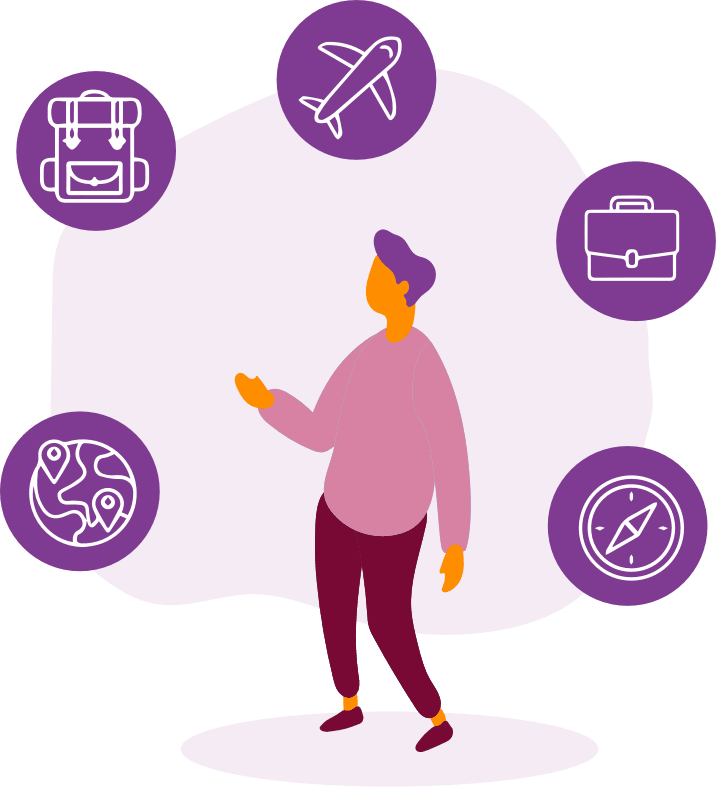
Optimising your website for conversion means structuring your travel website design in a way that encourages visitors to take the desired action — whether that’s booking their holiday accommodation, purchasing flights, or signing up for a paid tour.
There are a number of different techniques that can be used to optimise travel booking sites for conversion. The best approach will vary depending on the individual website and its target audience. However, there are some general conversion rate optimisation best practices that all travel industry websites should follow to maximise their opportunities.
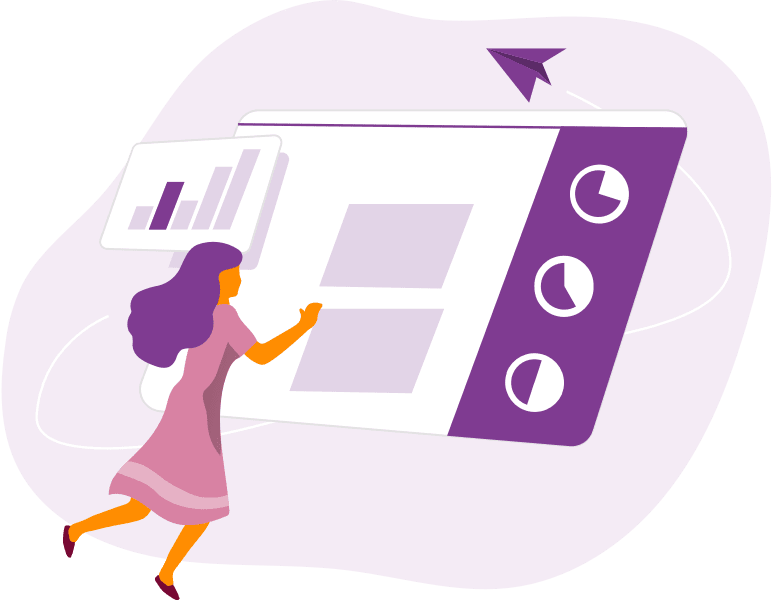
Why It's Essential to Optimise Your Travel Website

Conversion rate optimisation (CRO) is the process of ensuring that your travel website design is as effective as possible at converting visitors into customers. Many businesses focus on SEO and traffic acquisition without giving enough attention to what happens once visitors land on their website. No matter how many visitors you’re able to drive to your travel website, if they’re not converting then all your hard work doesn’t translate into meaningful results.
Unlike buying a new toaster or a pair of shoes, travel is a high-cost, high-consideration purchase. This means customers will take their time researching their options before making a decision. Your travel website needs to be designed in a way that helps guide visitors through this decision-making process and encourages them to take action.
CRO squeezes maximum value out of the traffic you’re already getting so that you’re not just throwing your resources into marketing and SEO without seeing a return. And if you can increase your travel conversion rate, it means you’re also reducing your cost per booking. Even just a 1% increase in your conversion rate can represent a significant increase in revenue for travel businesses — especially if you’re already driving a lot of traffic to your travel or tourism website.
Imagine if you’re currently converting at 4% and you manage to increase that to 5%. If you’re driving 10,000 visitors per month then that’s an extra 100 bookings per month. Additionally, travel websites have significant potential to generate revenue from ancillary services such as travel insurance, car hire, and activity bookings. If your travel website UI design isn’t optimised to cross-sell and upsell these products, you’re missing out on a big opportunity to increase your average order value.
What Makes CRO Different in the Travel Industry?
Every online business wants to increase its conversion rate, but the travel industry has some unique considerations that need to be taken into account. E-commerce conversion rate optimisation is about getting visitors to add items to their cart and then complete the purchase. But for travel businesses, there’s usually a lot more involved in the buying process. Here are some conversion rate optimisation best practices that can help tourism and travel booking sites improve their revenue.

Multi-step booking processes

Unique customer needs & behaviours

Multiple considerations
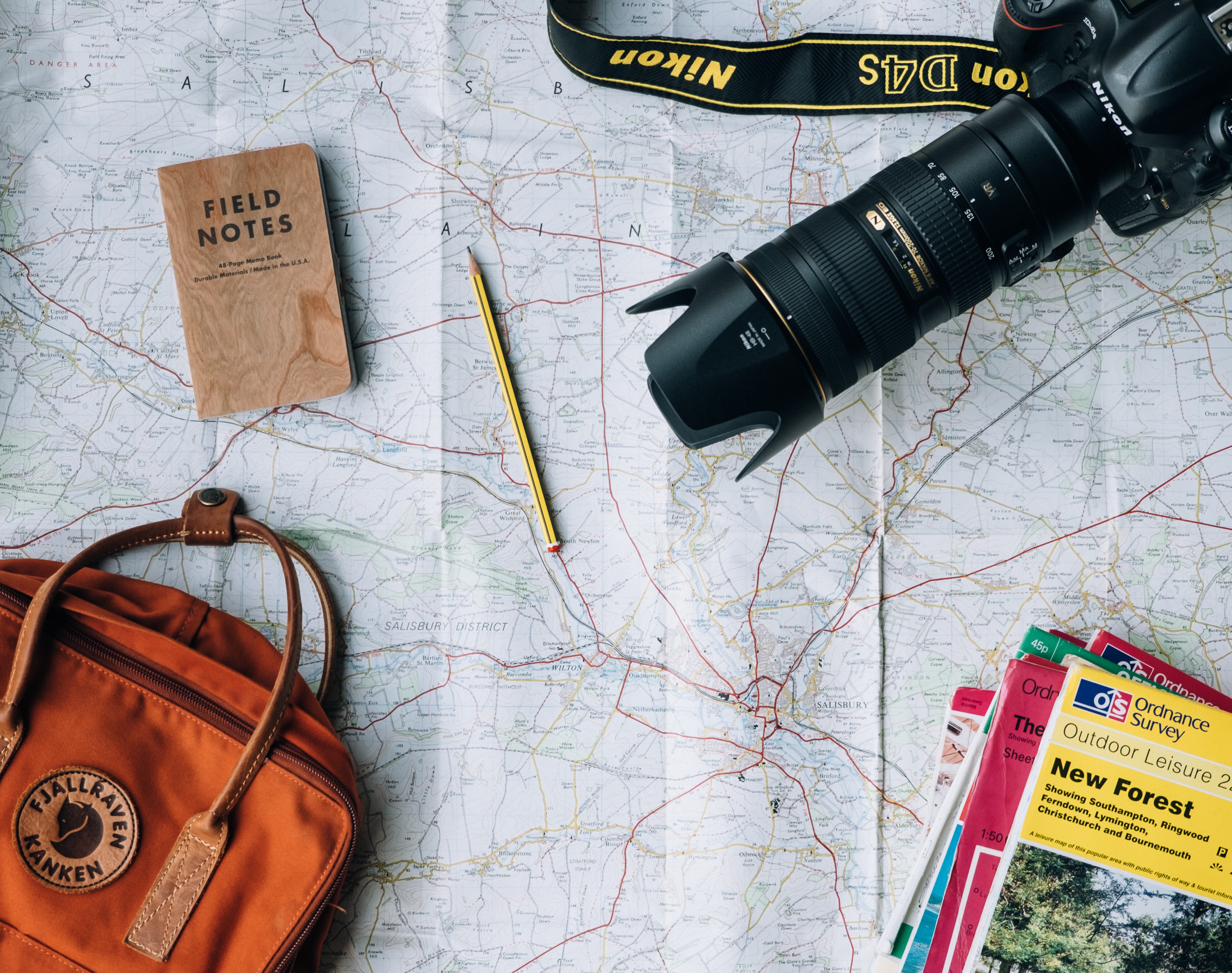
High-value purchases
What are the Secrets to Conversion Rate Optimisation in the Travel Sector?
It’s no secret that travel businesses need to focus on conversion rate optimisation. But what are the specific strategies and tactics that these types of businesses can use to increase their conversion rate? Are there any travel-specific optimisation techniques that can be used to get an edge on the competition?
At moonstride, we’ve been helping businesses increase their travel conversion rate for over many years, and we’ve put together a list of our top tips below.

Focus on Mobile Visitors
Speed Matters

Cater For Multiple Languages
Navigation & Structure are Key

Optimise The UX Across Multiple Devices
Streamline the Checkout Process
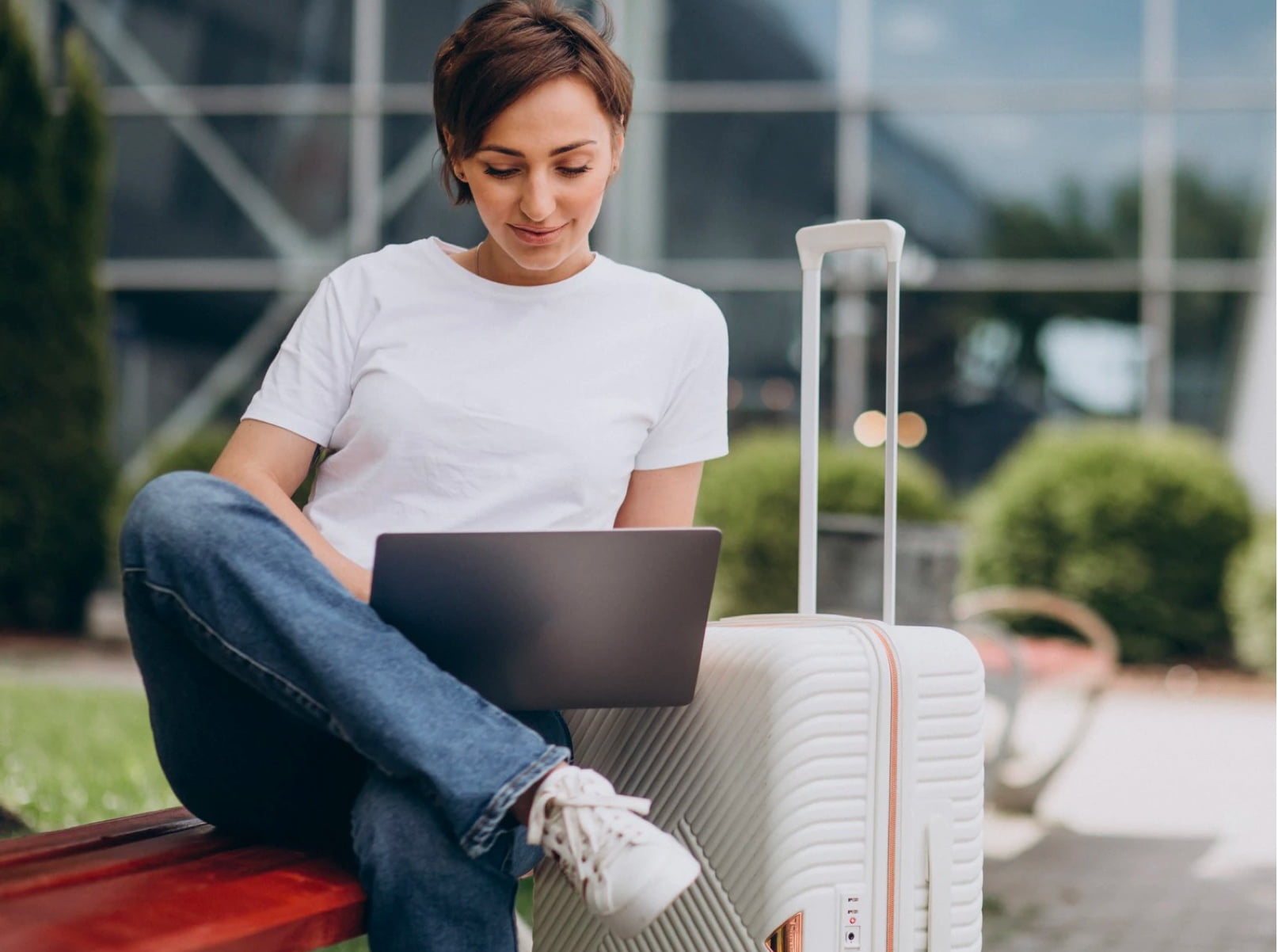
Leverage the Concept of Scarcity
Consider Pricing Carefully
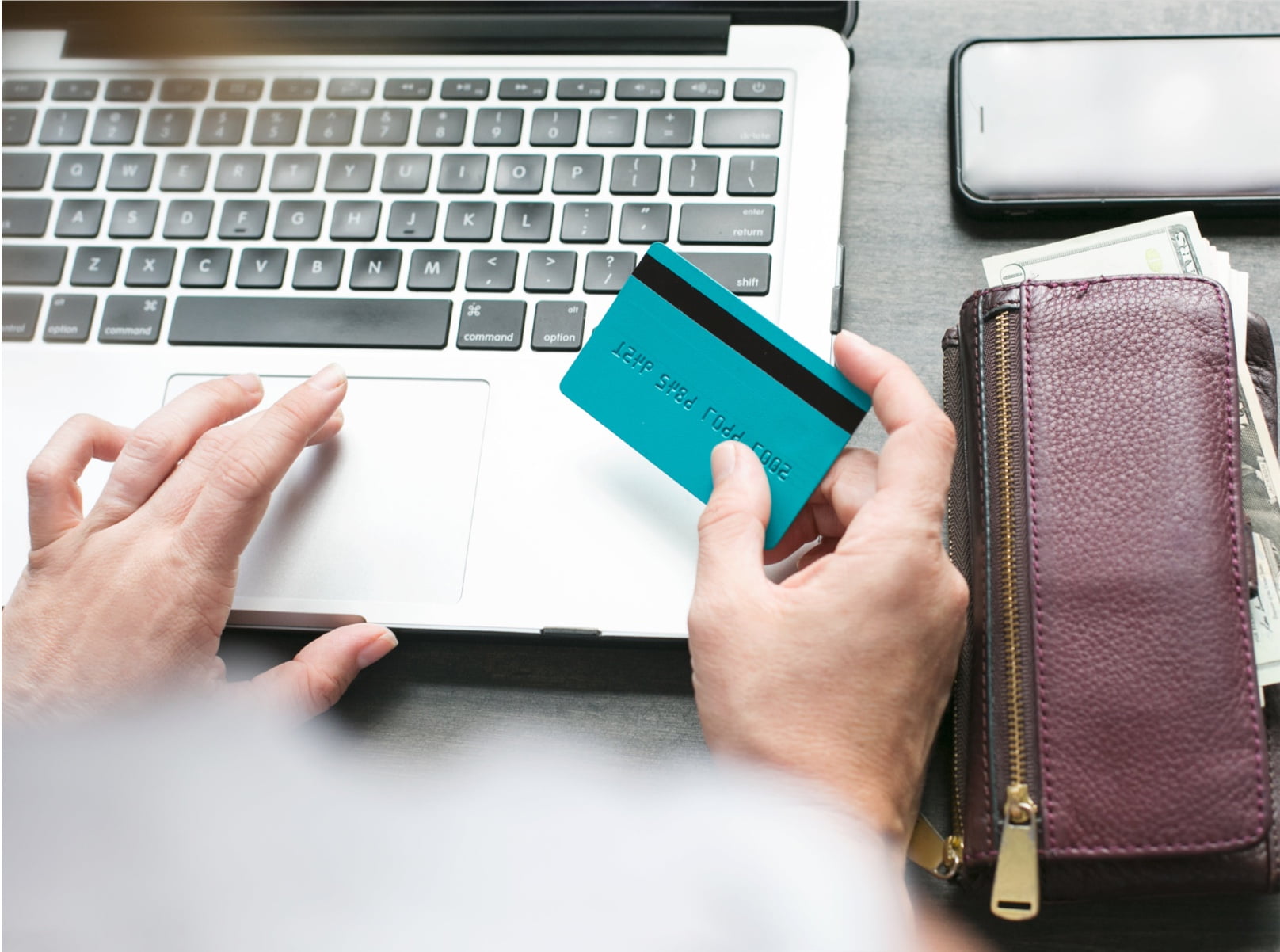
Facilitate Multiple Payment Options
Use Discounts Strategically

Integrate Urgency Creators
Convey Credibility With Associations & Accreditations

Promote Upselling & Cross-Selling
Integrate Chat Tools

Track Customer Behaviour
Give Visitors A Reason to Return

Tackle Cart Abandonment
Automate Your Email Marketing

Don't Forget to Retarget
Check on Your Customer Post-Travel

Utilise Customer Reviews
Fix Your Website Bugs
Overcome the Challenges of the Travel Industry with CRO
Facing tough competition and a challenging economic climate, travel businesses need to utilise every tool at their disposal to stay ahead. Conversion rate optimisation is a powerful strategy that helps travel businesses overcome the challenges of the travel industry and boost their bottom line.
By following the conversion rate optimisation best practices outlined in this article, you can optimise your travel booking site for conversion and position your business to drive measurable growth. If you need any help with your travel website development, feel free to get in touch with our team of experts.
As a leading travel website development company, we have a deep understanding of the travel industry and can help you create a travel booking site that meets the needs of your customers and tackles their pain points head-on. We can also evaluate and assess your travel website’s existing performance and work with you to create a customised CRO plan that targets your specific goals. Contact us today to find out more.
